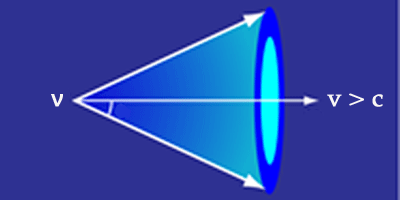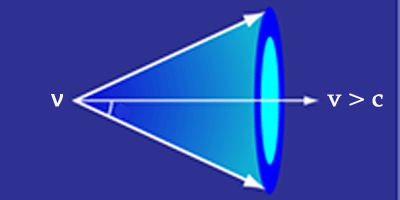Not So Fast
At the end of September 2011, the OPERA Collaboration reported data that seemed to indicate neutrinos sent from Geneva, Switzerland, to Gran Sasso, Italy, had arrived a tiny bit faster (by parts per million) than would be expected if they were traveling at the speed of light.
The precision of OPERA’s claim assumes the team has been able to measure the kilometer distance the neutrinos travel to within a few meters, the timing of the trip to nanoseconds, and the neutrino pulse width to similar precision. Given these potential sources of systematic error and the importance of the claim, further data is needed.
While it would be surprising if neutrinos actually traveled faster than light, it would not necessarily be the end of the theory of relativity. Rather, it could entail some kind of modification of the theory specific to neutrinos. Since the OPERA announcement, theorists have proposed dozens of models of this ilk, but any such model must meet a tight constraint: a measurement of low-energy neutrinos from supernova 1987A found the particles arrived coincident with light to within a few parts per billion.
Now, writing in Physical Review Letters, Andrew Cohen and Sheldon Glashow at Boston University, Massachusetts, provide a new constraint. If neutrinos did propagate superluminally, yet still respected the usual linear conservation law for energy and momentum, they would lose most of their energy via Cherenkov-like radiation into electron-positron pairs. This is at odds with the neutrino energy spectrum OPERA observes and thus severely challenges most attempts to explain the OPERA data using superluminal neutrinos. – Robert Garisto





